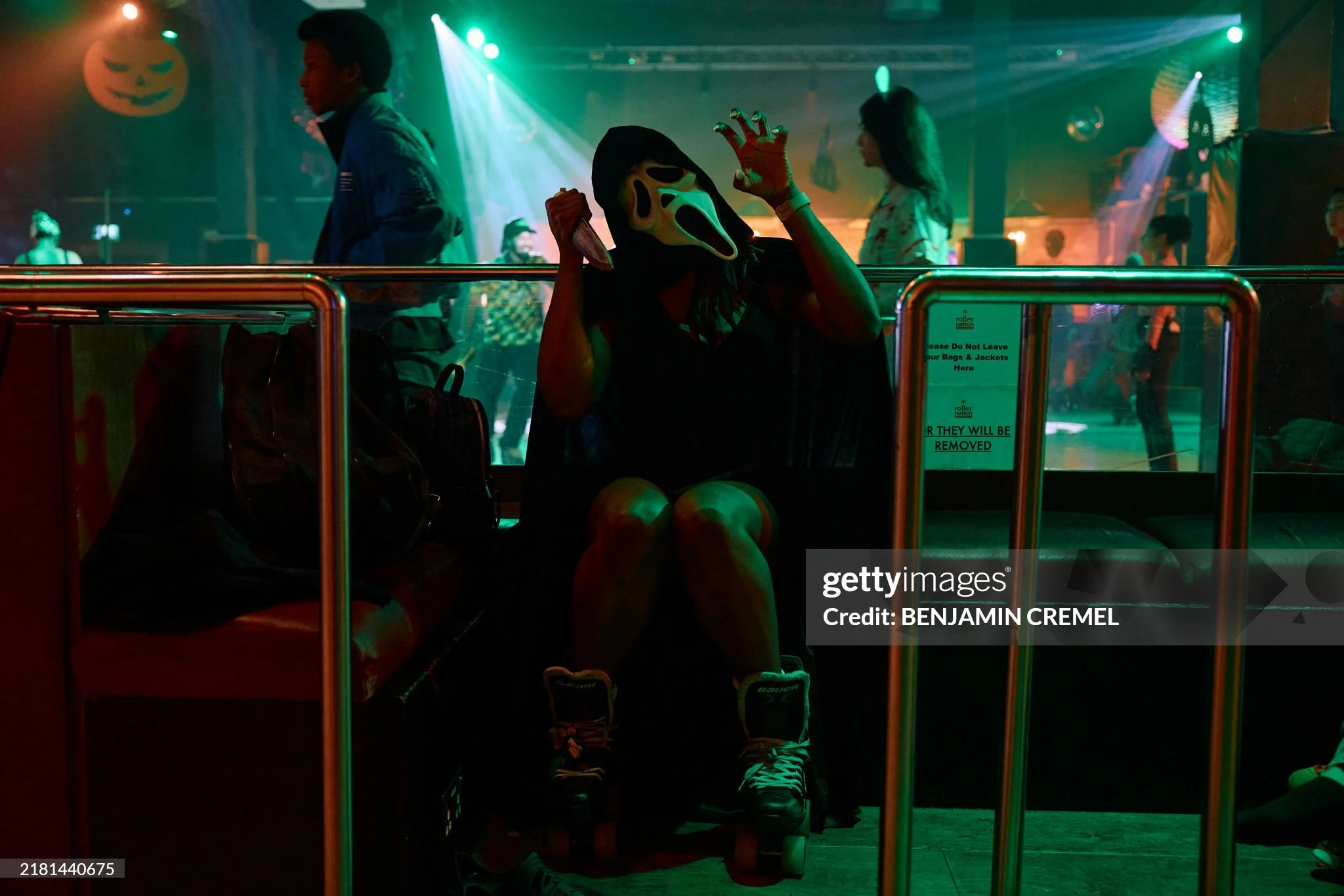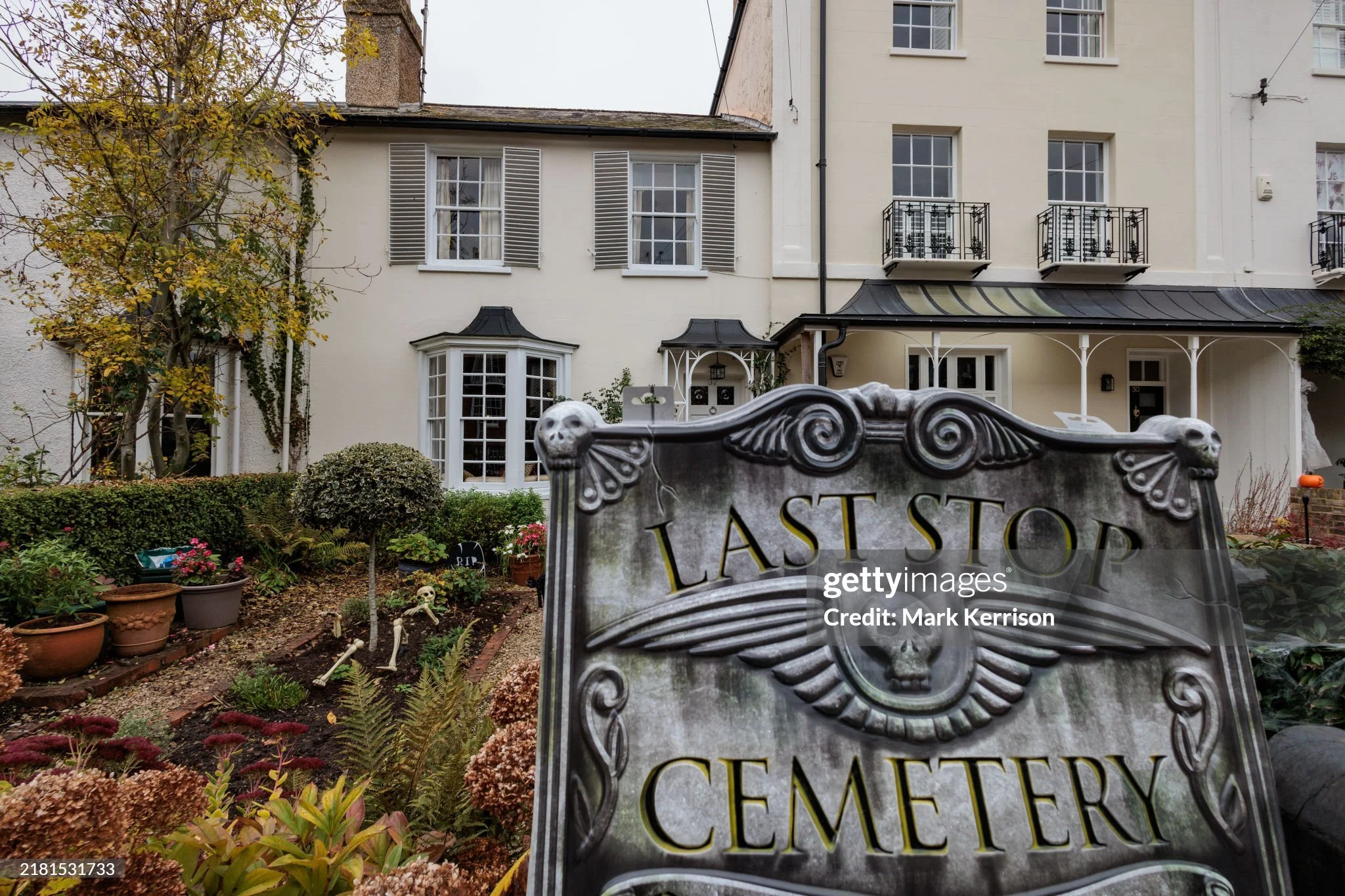Scotland’s History with Halloween
By Flora Irvine-Hall
Photo by Colton Sturgeon on Unsplash
Today, Halloween is a mainstream celebration enjoyed around the globe, but what about Scotland’s history with the spooky festivities?
The name Halloween comes from a Scottish shortening of All Hallows Eve, which comes from the Gaelic festival of Samhain. This is a festival that takes place on 1 November, which marks the end of autumn and the start of winter.
It is no secret that Scotland had some of the most barbaric witch trials in Europe and the paranoia of witches added to the idea that the 31 October was a day filled with evil and unwanted spirits. According to Spooky Scotland, an accused witch from Aberdeen allegedly confessed to dancing around the “fish croce” and the “mercat croce” on Halloween.
By Benjamin Cremel via Getty Images
The Celtics believed that during Halloween, evil spirits would come out and would light bonfires at sunset to ward them off.
In 1785, Robert Burns published the poem Halloween, which would gradually change how Scots viewed 31 October.
By the 1960s, Halloween had become a much more fun celebration filled with lots of games. A lesser-known game, called Treacle Scones, would involve taking bites out of sticky scones that were attached to pieces of string.
By Mark Kerrison via Getty Images
Veronica Willox, 62, from Longside, Aberdeenshire, recalled Halloween as a child: “Instead of pumpkins, we used to carve turnips. We would start by scooping them out which always took days and days.”
What would later become known as trick or treating used to be known as guising, which Veronica said was always great fun.
“We would dress up as spiders, witches, ghosts, that sort of thing,” she said. “But you could never really go out and buy costumes then so they would always be homemade.
“You wouldn’t go with your parents and would go out in big groups instead, but there would always be older children there.
By Daniel Leal via Getty Images
“I know it sounds unsafe, but we actually used to be invited inside people’s houses. But we would only go to the houses in our street, so we mostly knew the people anyway.
“We would perform a song, do a dance or do some kind of trick and then we would get a treat.”
While children can now just show up in costume to get treats, it used to be the expectation that children would perform tricks or songs to get gifts that would protect them from malicious entities.
By Godong via Getty Images
Nowadays, children will often come back with lavish goody bags with enough sugar snacks to open a sweet shop, but it used to be a lot more simple.
“We would rarely get money but if we did it would be 1ps or 2ps. We would go out with our poly bags and once they were filled up that would be us,” said Veronica.
Like a lot of others, Veronica believes that Halloween has become very commercial.
“It seems like we’re taking a lot of customs from America, and I notice families are spending a lot more money now. I think there’s a lot of pressure to have fancy decorations and to have the best sweets,” she said. “I feel like Scotland would really benefit from going back to some of its older Halloween traditions.”
Perhaps Veronica is right and carved turnips should once again become the norm.





